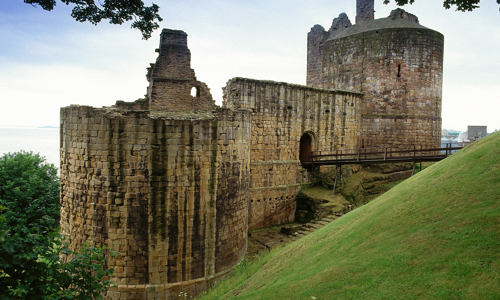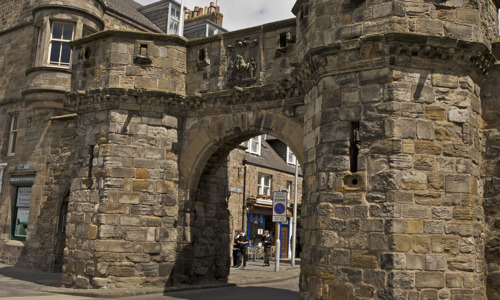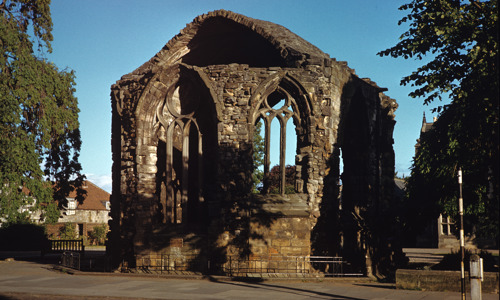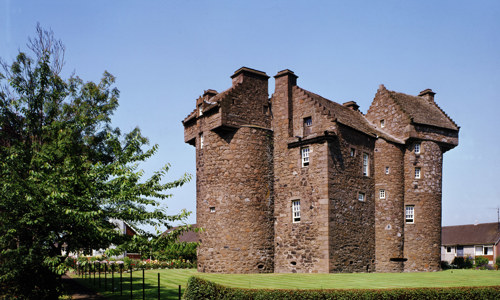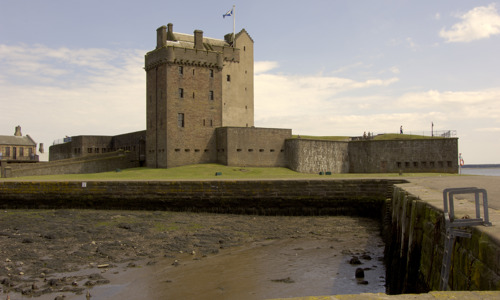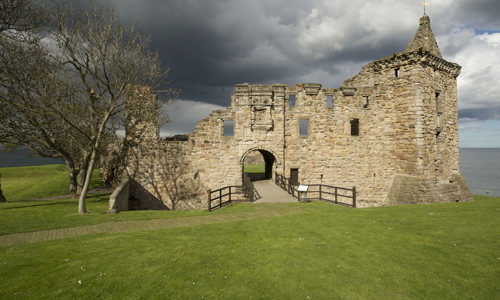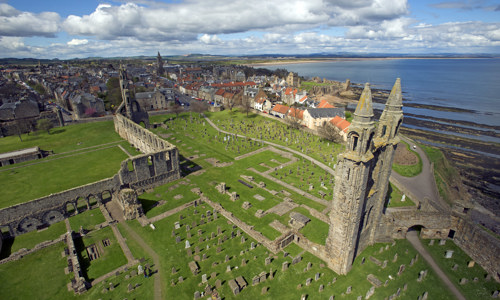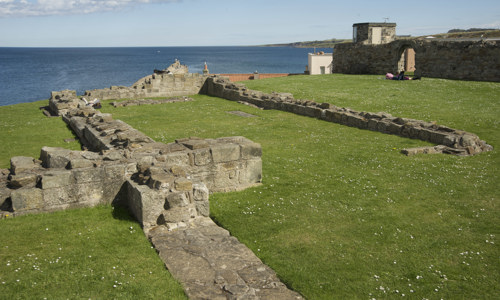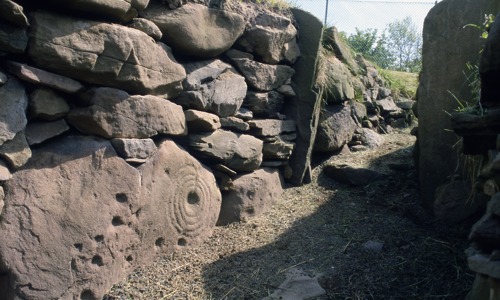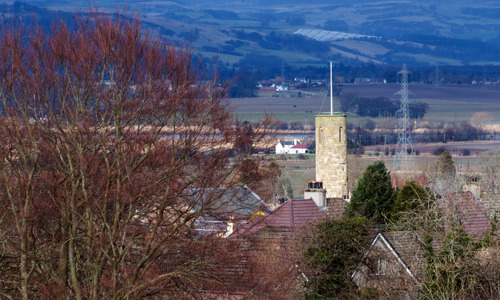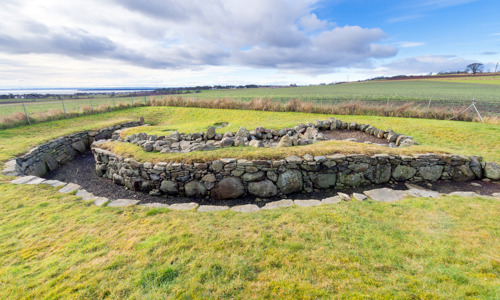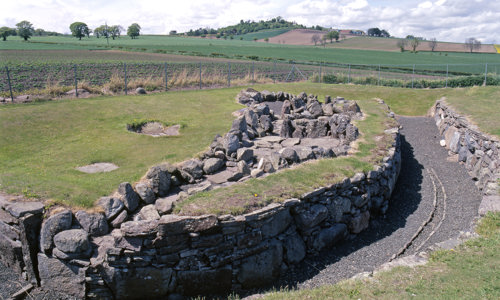History
Scotstarvit is a very well-preserved example of a tower-house – typical residences of the Scottish nobility in the medieval period.
It was probably built by the Inglis family in about 1500, but subject to a major revamp from Edinburgh lawyer Sir John Scot, who bought the estate in 1611.
Quirky construction
Scot was a significant figure in 1600s Scotland and a mild eccentric, and his rebuilt tower reflected his character. Unusual touches in the tower include:
• two narrow window slits and nothing else on the ground floor
• no fireplace on the second floor
• no windows whatsoever on the fifth floor
• the complete absence of a kitchen within the tower
The tower is in a classic L-shaped layout, with a spiral stair in the small wing. It has six floors and a fine third floor with a large fireplace, three seated windows and a privy. Its fourth floor may have held the private chambers of the lord and lady of the house.
Unusually, the garret on the sixth floor originally had an ornate classical fireplace, indicating Sir John may have used this room as a study. The fireplace was removed, probably in 1696, and installed in the new mansion Hill of Tarvit. It still bears the initials of Sir John and his first wife Dame Anne Drummond.
A mild eccentric
Sir John Scot was a prominent figure in his day. He held the positions of Director to the Chancery, Lord of Session and Privy Councillor. He was also a close associate of William Alexander, 1st earl of Stirling, who once owned Argyll’s Lodging.
In his private life though, he was something of an eccentric. He was a poet and patron of the literary arts. He loved topography, and helped get Joan Blaeu’s Atlas of Scotland published.
Sir John fell from favour with the arrival of Oliver Cromwell in 1650. His last years were spent writing The Staggering State of the Scots Statesmen, described by Thomas Carlyle as ‘a strange little book, not a satire but a homily of life’s nothingness’.


